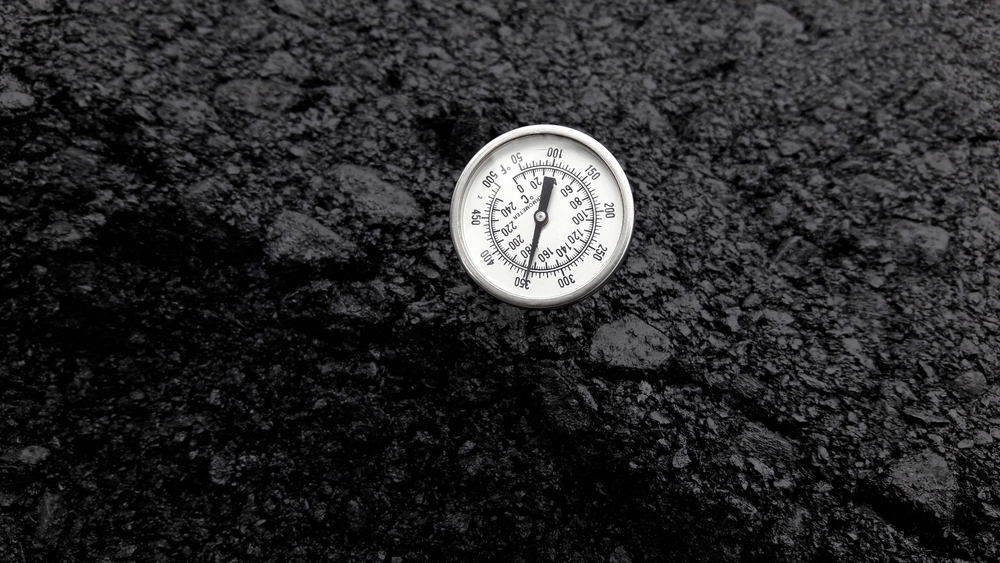
While many of the asphalt surfaces you see on a daily basis may look similar, the reality is that asphalt comes in many shapes and sizes. To get a bit more specific, there are several different “mixes” that are often used to create the asphalt used for a given surface, and the precise nature of these mixes will vary based on proportions of aggregate, sand, oil and various additives.
At Renaissance Asphalt Services, we’re proud to offer asphalt paving, asphalt striping, asphalt repair and numerous other services for a variety of asphalt mixes and types – which we’re also happy to mix and create for many clients we’re paving new surfaces for. What are some of the most common mix varieties out there, and are there any additional types to know about? This two-part blog series will cover everything you need to know.
In many circles, this type is considered the default “standard” for asphalt mixes, and it’s definitely one of the most common mix types. It’s made using binding material and aggregate material that’s heated to a temperature between 280-325 degrees Fahrenheit, then laid while it’s still very hot.
Due to the temperature requirements at play, hot mix asphalt can often only be laid in the warmer moths of the year. This is because during the colder winter, the base of the asphalt will often cool too quickly, impacting the long-term quality and durability of the surface.
A more recent development is actually something of a mix between hot and cold mix asphalt. It’s growing in popularity due to its versatility – it can be laid in a variety of temperatures, for one, plus is easier to haul and uses less petroleum than hot mix asphalt.
Warm mix asphalt is also better for the environment, plus for the health of workers. It’s manufactured between 200 and 250 degrees and creates fewer dust, smoke and fumes. Don’t be surprised if more and more asphalt jobs in the future default to warm mix asphalt.
In other cases, the right blend of additives and oils allows for both storage and laying of asphalt at cold temperatures. However, the quality of such surfaces is not generally as high as hot or warm mix surfaces, and this type is usually only found today on patches, potholes or surfaces that don’t see as much use. The fact that it’s a bit cheaper than the other types may make it desirable in some cases, but this has to be weighed against concerns about long-term durability.
For more on the different types of asphalt mix out there, or to learn about any of our asphalt paving or patching services, speak to the staff at Renaissance Asphalt Services today.
